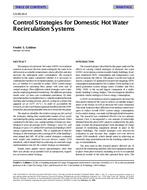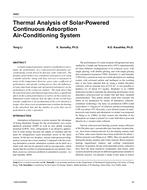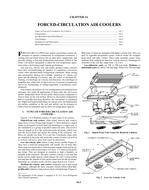For many years the energy performance of buildings has been estimated by using regression techniques involving energy use and heating degree day data. Recently, some techniques have emerged that use variable-base heating degree day data to more closely characterize the energy performance of buildings. The base temperature used to calculate heating degree days is varied to match the reference or balance point temperature characteristic of the building being studied. This paper discusses (1) an iterative technique developed for estimating balance point temperatures, (2) concepts helpful in applying this and other techniques to utility billing data for single-family residences, (3) limitations of the iterative technique, and (4) a comparison between whole-house and submetered heating data results. This work shows that estimates of annual heating energy use are not affected greatly but that estimated savings for some retrofits can be significantly affected by finding the correct balance point.
Units: Dual
Citation: Symposium, ASHRAE Transactions, 1985, vol. 91, pt. 2B, Honolulu, HI
Product Details
- Published:
- 1985
- Number of Pages:
- 9
- File Size:
- 1 file , 790 KB
- Product Code(s):
- D-HI-85-28-3


